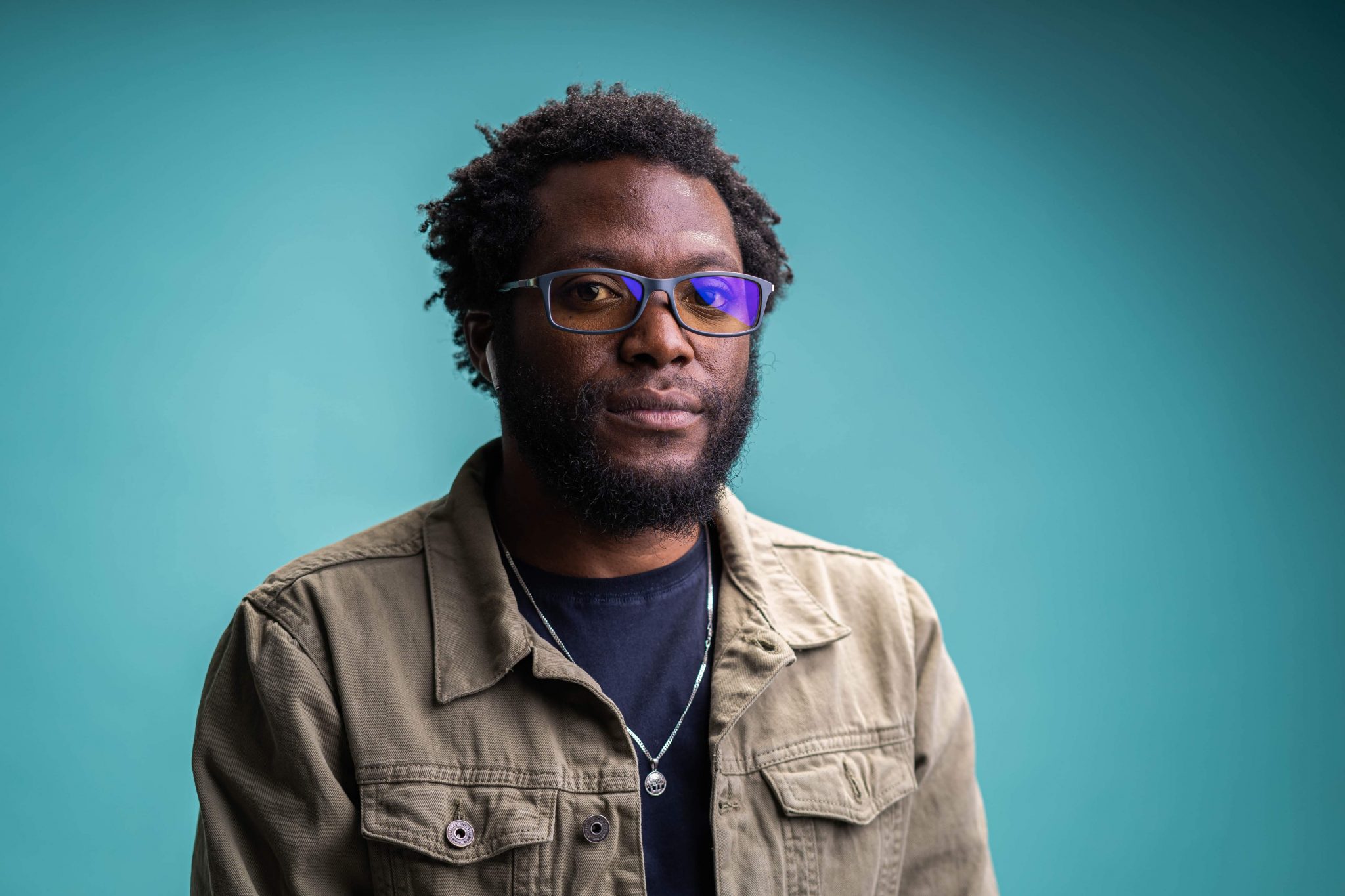-

In the vibrant tapestry of music history, certain figures stand out for their innovative spirit, creative vision, and ability to transcend genre boundaries. One such luminary is Horace Tempo, whose contributions to the world of jazz have left an indelible mark on the musical landscape. In this exploration, we delve into the rich tapestry of influences that shaped Horace Tempo's unique sound, from the traditional rhythms of jazz to the avant-garde realms of experimental genres. By tracing his musical journey, we uncover the threads of inspiration that wove together to create his distinctive sonic tapestry.
The Early Years: Nurturing a Passion for Jazz Born into a musical family, Horace Tempo's journey into the world of music began at a young age. Raised in the vibrant jazz scene of New Orleans, he was immersed in the sounds of traditional jazz from an early age. Influenced by the likes of Louis Armstrong, Duke Ellington, and Jelly Roll Morton, Tempo developed a deep appreciation for the rhythmic complexities and improvisational freedom that defined the genre. As he honed his skills as a pianist and composer, he drew inspiration from the rich heritage of jazz music, laying the foundation for his future explorations.
Breaking Boundaries: Jazz Fusion and Beyond As Horace Tempo's musical horizons expanded, so too did his artistic vision. Inspired by the groundbreaking experiments of artists like Miles Davis and John Coltrane, he began to explore the possibilities of jazz fusion, blending elements of traditional jazz with rock, funk, and other genres. This spirit of innovation led Tempo to collaborate with a diverse array of musicians, pushing the boundaries of conventional jazz and forging new paths of expression. As a music director and producer, he sought to create music that defied categorization, embracing a spirit of experimentation and creative freedom.
The Influence of Classical Music: A Symphony of Sound In addition to his love of jazz, Horace Tempo was deeply influenced by the classical music tradition. Drawn to the timeless beauty and structural complexity of composers like Bach, Beethoven, and Stravinsky, he sought to integrate elements of classical music into his own compositions. This fusion of genres gave rise to a rich tapestry of sound, where lush orchestral arrangements mingled with the syncopated rhythms of jazz, creating a symphony of sound that was both innovative and deeply emotive. As Tempo continued to evolve as a composer and arranger, his compositions became increasingly ambitious, blurring the lines between jazz and classical music in daring new ways.
The Avant-Garde Frontier: Pushing the Limits of Creativity Never one to rest on his laurels, Horace Tempo was drawn to the avant-garde fringes of the music world, where experimentation knew no bounds. Inspired by the pioneering works of artists like Ornette Coleman, Cecil Taylor, and Sun Ra, he embraced a spirit of musical exploration that knew no limits. From free improvisation to electronic manipulation, Tempo's forays into the avant-garde pushed the boundaries of conventional music and challenged listeners to expand their perceptions of what was possible. As a music producer, he sought to create environments where artists could push the limits of their creativity, fostering a culture of innovation and experimentation that continues to inspire musicians to this day.
Conclusion: In the ever-evolving landscape of music, Horace Tempo stands as a beacon of creativity, innovation, and artistic integrity. From his early days as a jazz prodigy to his groundbreaking experiments in fusion and avant-garde music, Tempo's journey is a testament to the power of musical exploration and the enduring influence of diverse influences. As we continue to explore the rich tapestry of his legacy, we are reminded of the boundless possibilities of artistic expression and the transformative power of music to inspire, challenge, and uplift the human spirit.